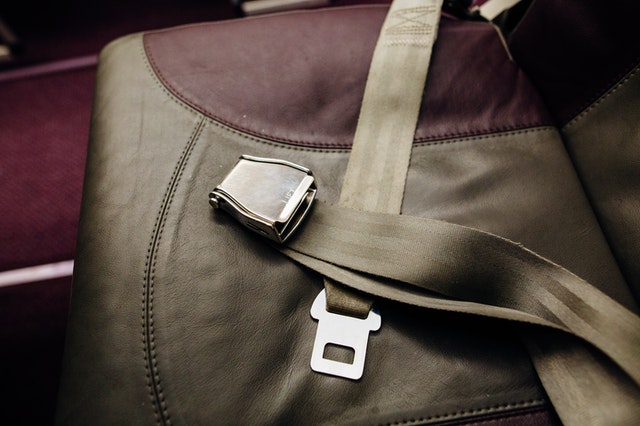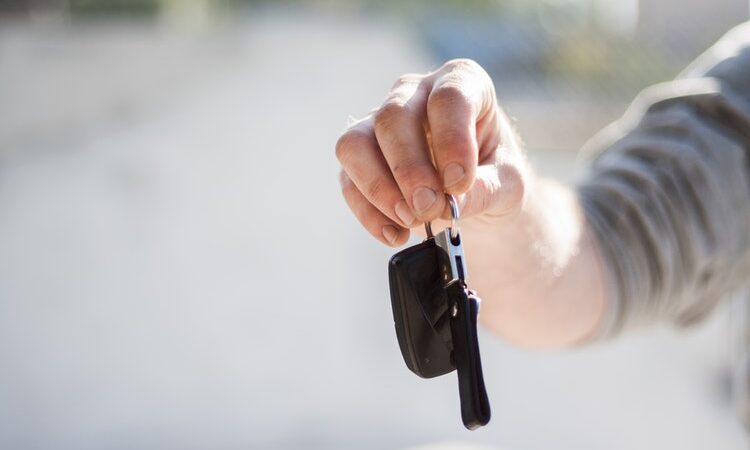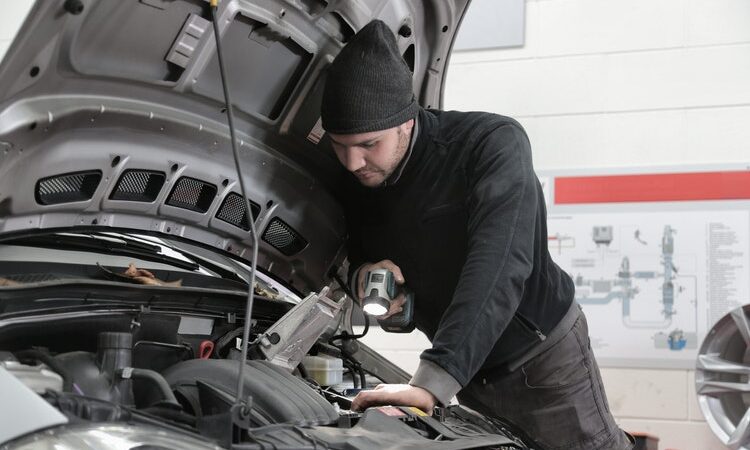Can You Injury-Proof Your Car?

Vehicle Safety Tips
According to recent statistics by the World Health Organization, car crashes cost the lives of 1.35 million people annually across the globe and traffic injuries have become one of the leading causes of death among children and young adults.
These are alarming rates indeed, and motorists really need to know how to steer clear of such risks whenever they hit the road. Then again, no matter how safe and experienced a driver you are, you could still be the victim of someone else’s negligence.
How do you keep yourself as safe as possible? Aside from knowing basic defensive driving techniques, you may also need to consider a few modifications to your car that can reduce the impact of a possible crash.
But can you really make your car injury-proof? Well, there are ways you can improve your car for safer driving and for keeping passengers away from potentially life-threatening injuries. Let’s take a look at a few of the most important ones:
- Install sturdy seat belts
No doubt, the most basic way you can reduce injury in the event of a car crash is to wear a seatbelt. Many states make it mandatory to wear seat belts, but not all seat belt assemblies are made to last. Over time, seat belt assemblies deteriorate and lose their ability to give passengers adequate protection.
If you find any damage to the webbing or if the buckle doesn’t click in place, you might want to consider replacing the entire seat belt assembly with a sturdier, more sophisticated system.
When you are out shopping for a seat belt, make sure you find one from an accredited supplier and installer. You might not want to attempt the installation on your own as this could cause a malfunction during a serious impact.
Once you are able to install the new seatbelt, make sure to keep it in good condition. Clean it regularly and check for any indication of corrosion. You might also check the webbing if it has been stretched or torn.
With an efficient seat belt assembly, you can steer easy, knowing that you and your passengers are firmly strapped in.
- Pick the right seat
Changing your seat belt system is one thing, but there is also another way you can reduce the severity of a car crash.
Modern car seats now come with features that can help cushion the impact of a car crash and protect you from other related injuries such as whiplash that often occur when a vehicle is rear-ended by another.
So, when picking a car seat, look for one that has a backrest and headrest designed to absorb energy. You can also look for one that modifies itself during a crash. When a vehicle rear-ends yours, the seat can adjust the seating position of a passenger in a way that lessens the risk of neck injury.
Along with an effective seat belt assembly, your choice of a car seat can provide added protection when your car is hit while it’s static.
- Look for safe airbags
A head-on collision is considered one of the most fatal scenarios you can encounter on the road. Sustaining neck injuries is just a part of it, but the real blow is delivered by an inflated airbag.
Indeed, the very feature that’s supposed to protect you from serious head injuries can also cause a massive concussion when deployed. Airbags produce enough force to cause concussions, internal bleeding, and even fetal injury if the passenger or driver is pregnant. Not only that, deployed airbags can also fracture the rib cage and skull. Although you are spared from the more serious effects of a car crash, an airbag can still do a lot of damage to you and your passengers.
One way you can avoid this is to ensure that the frontal airbag is positioned at least ten inches away from you. This should give you enough support during a head-on collision without the risk of sustaining blunt force trauma. Of course, you also need to strap on the seat belt for added support.
In the event of a high-impact head-on collision, avoid leaning your body or tilting your head forward. Doing so can cause considerable head damage once the airbag is deployed.
- Prime your windshield
Glass fragments from a shattered windshield can cause damage on top of the injuries that result from the crash itself. Whether you are hit from the front or on the side, you can still sustain lacerations and cuts on your face and other parts of the body — even when you are strapped to your seat!
Considering such risks, you might want to know if the windshield of your vehicle is sturdy enough not to cause additional harm to the occupants. So, as part of your auto maintenance routine, you should check the glass for any cuts or breaks that could worsen over time. While smoothing out the cracks can give immediate relief to the glass, it cannot keep the glass from shattering during a high-impact collision.
Replacing the entire pane is still the best option, so make sure to look for an auto glass company that installs high-quality windshields that reduce as much damage to passengers as possible. When it comes to extra durability and protection, check if the auto glass supplier can fit your vehicle with laminated safety glass, which is meant to withstand immense force without shattering.
The glass comprises an interlayer of polyvinyl butyral that keeps the glass side intact, thereby reducing fragments and debris. Aside from these benefits, the glass can also be fitted with an extra layer for UV protection and noise reduction.
No doubt, these simple, yet costly modifications can be worth your while if it means giving yourself extra protection. Still, improving your car’s safety features does not guarantee overall safety, especially if you’re involved in an accident with a truck.
There is no vehicle that’s 100% injury-proof. You still need to be a cautious and skillful driver if you want to protect the life and limb of others inside the vehicle. So, don’t forget to have your car serviced regularly and avoid distracted driving. Everything else will come as add-ons to safer driving.
All tips are the opinion of the contributing author and do not reflect the official views of autonews.center. Always consult with a qualified individual on matters of health and safety.





